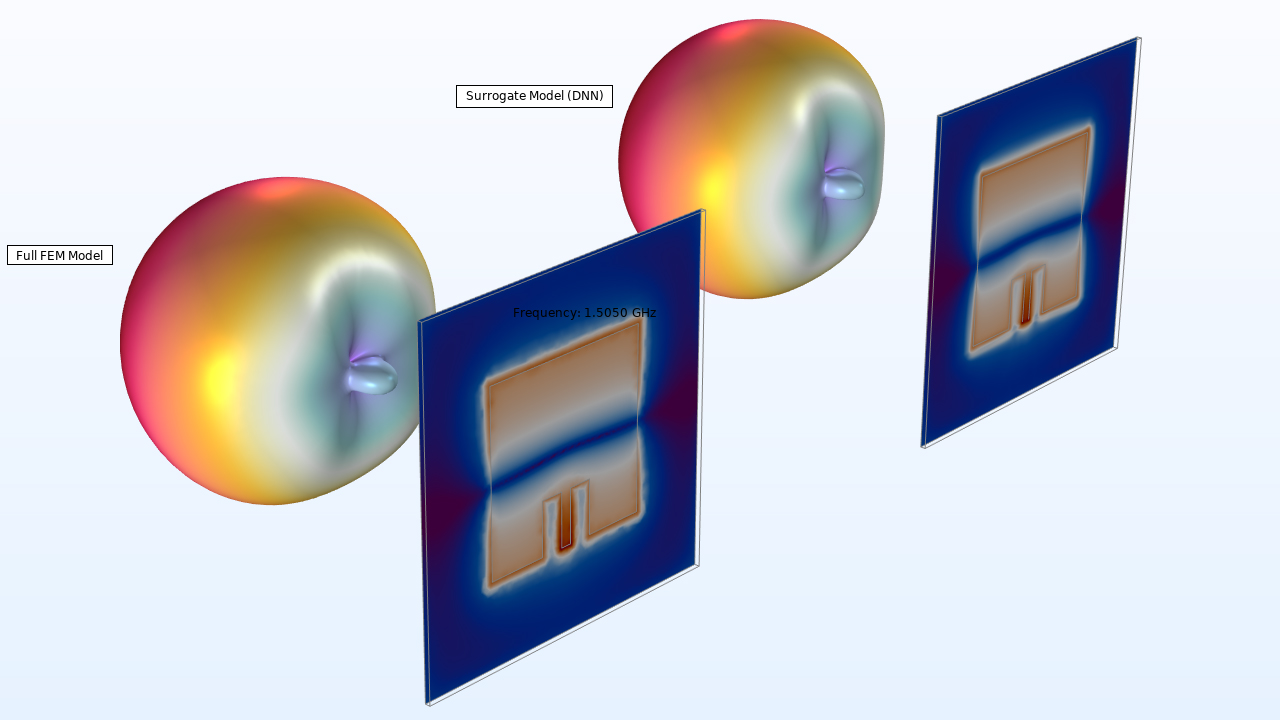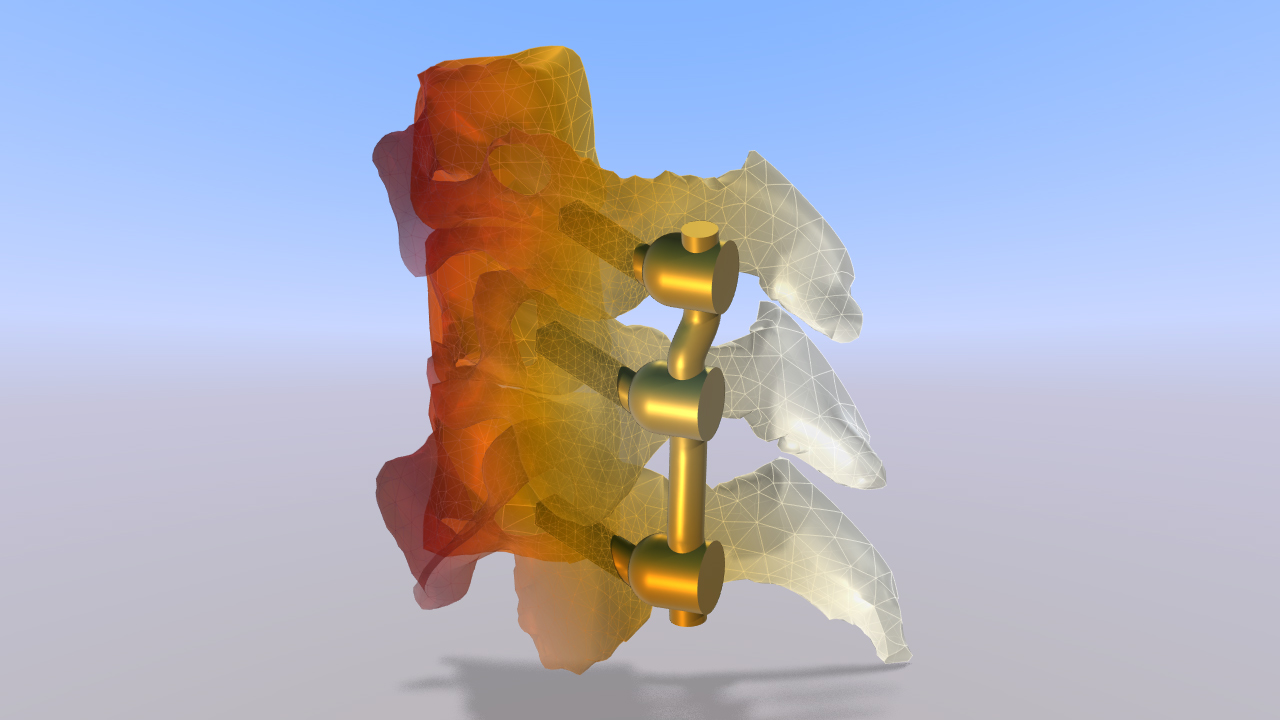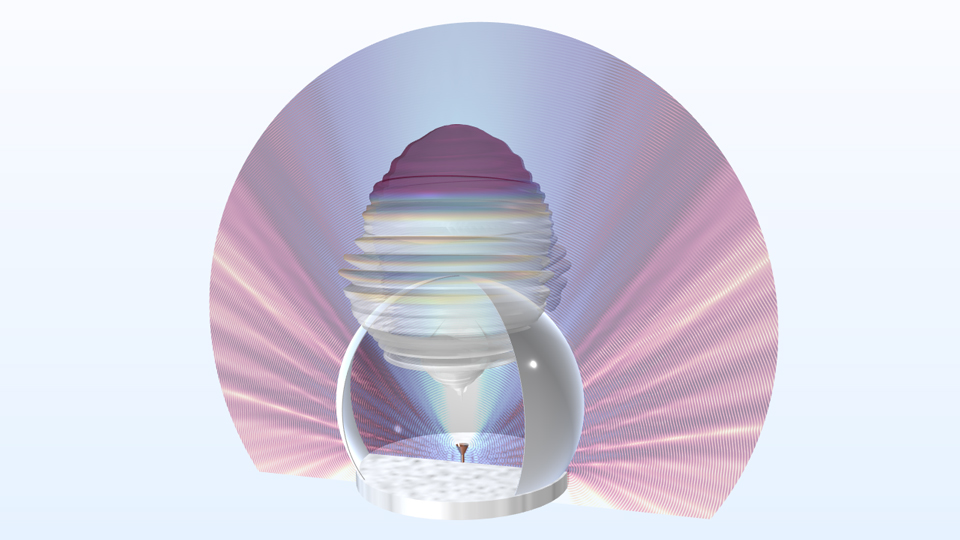RF Module Updates
For users of the RF Module, COMSOL Multiphysics® version 6.4 introduces simplified transmission line modeling, a new feature for streamlined metamaterial design, and enhanced far-field functionality for optimization and polarization analysis. Learn about these updates and more below.
Improved Transmission Line Modeling
The new Transmission Line, Parameters interface replaces a complex multiphysics setup with simplified configurations. It computes the series resistance, series inductance, shunt conductance, and shunt capacitance per unit length, as well as the characteristic impedance and propagation constant for two-conductor transmission lines. The computation is performed in the frequency domain using 2D modeling and is demonstrated in the Transmission Line Parameters of a Coaxial Cable tutorial model.
Multiconductor configurations are now supported in the Transmission Line interface through multiple dependent variables. Distributed element parameters are defined as square matrices sized according to the number of conductors. In addition, series and shunt element features are now supported, providing improved modeling flexibility.

Periodic Structure for Streamlined Metamaterial Modeling
To streamline the modeling of periodic and metamaterial structures, the new Periodic Structure feature, available in the Electromagnetic Waves, Frequency Domain interface, provides default Periodic Port and Floquet Periodic Condition features. The tutorial models Fresnel Equations (RF) and Frequency Selective Surface, Periodic Complementary Split Ring Resonator showcase this new addition.
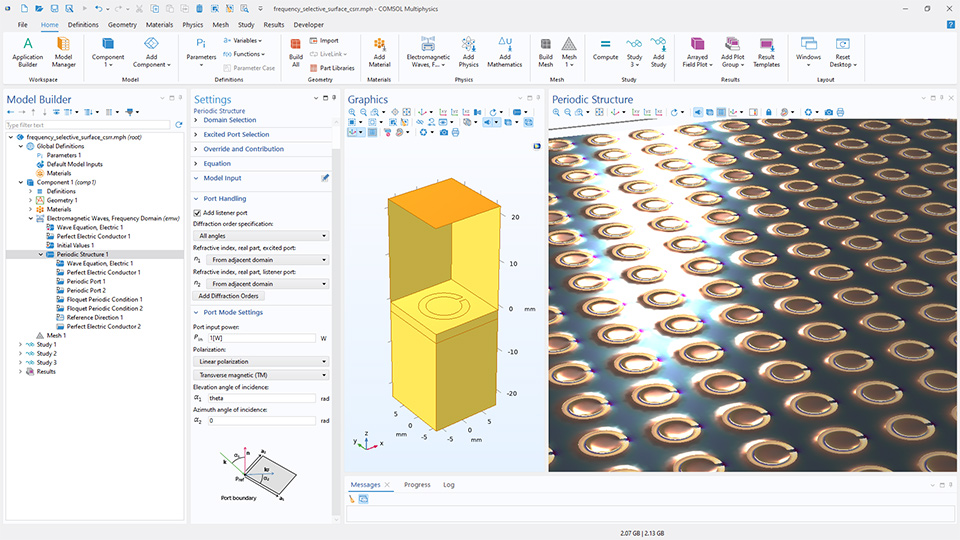
Enhanced Far-Field Functionality
Far-field functions are now available for optimization, enabling shape optimization studies that enhance antenna gain. The new Optimizing the Front End of a Conical Horn Lens Antenna tutorial model demonstrates this capability. Additionally, new variables, EfarLHCP and EfarRHCP, have been introduced to compute left-handed and right-handed circular polarization components in far-field analyses.
Far-field radiation in the presence of a substrate can also be analyzed using the new Far-Field Domain, Inhomogeneous feature. This new feature supports far-field computation for structures consisting of a superstrate (air) and a homogeneous dielectric substrate, as shown in the Embedded Scatterer on a Substrate tutorial model.
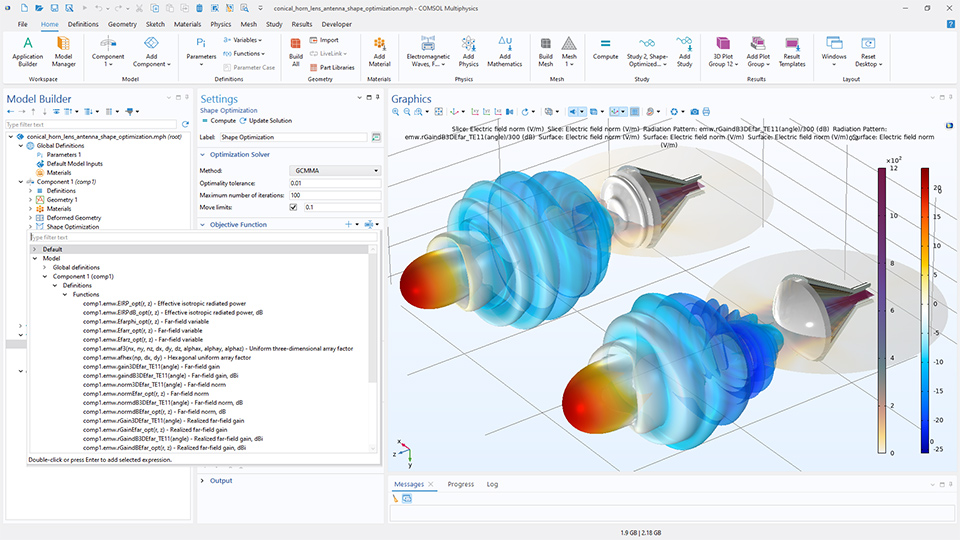
The animation demonstrates how the optimization process modifies the original lens geometry to achieve a gain-enhanced version.
New Variables for Calculation of Coupling Between Different Source and Destination Boundaries
To simplify the analysis of, for instance, coupling between guided waves and free-space waves (and vice versa), new variables for outcoupling efficiency (i.e., the ratio between the integrated output power and the input power) have been defined. The variables are accumulated hierarchically, making it easy to analyze coupling to both small and large features and boundaries. Similarly, there is a hierarchy of variables to account for the integrated loss due to absorption. Variables for both the power loss and the loss normalized to the input power are available. This functionality is primarily demonstrated in the Modeling a Scatterer Near an Optical Waveguide model but can also be seen in the following tutorial models:
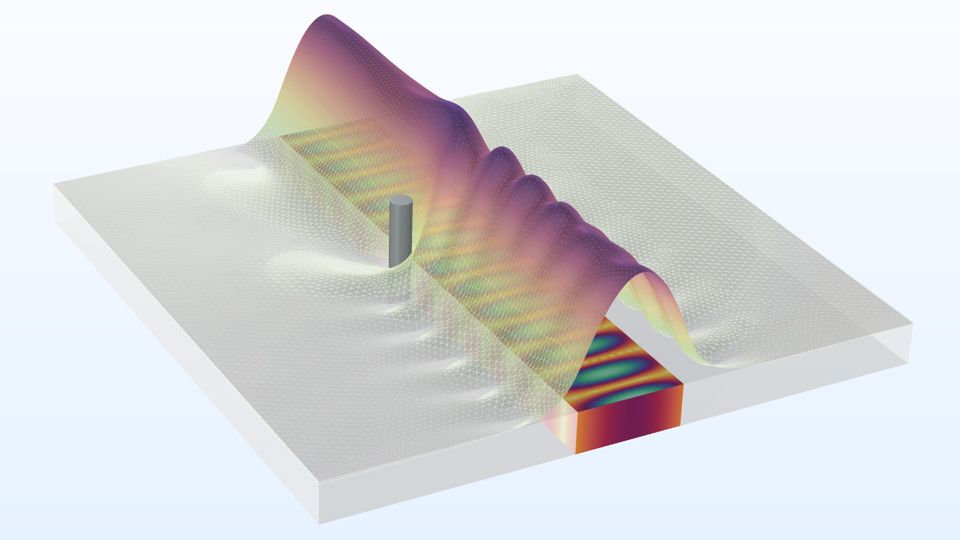
Updated Polarization Plot and Results Improvements
In the Polarization plot, there is a new option for normalizing the polarization ellipses to the largest diffraction efficiency. As a result, the size of the ellipse represents the diffraction efficiency. Furthermore, there are new plot options that indicate the area for propagating diffraction orders. The updated Polarization plot is shown in the Hexagonal Grating (Wave Optics) and Hexagonal Plasmonic Color Filter tutorial models.
The Cross Section Calculation feature now provides multiple options for modeling the scattering, absorption, and extinction cross sections: a default plot or global evaluation, which are demonstrated in the Optical Scattering off a Gold Nanosphere model and the Scatterer on Substrate tutorial models, respectively.
Global Evaluation nodes, such as reflectances, transmittances, and diffraction efficiencies, have been wrapped in Evaluation Group nodes, enabling automatic updates of the table data after repeated simulations. This functionality is demonstrated in the Waveguide S-Bend tutorial model, where reflectance, transmittance, and loss are evaluated.
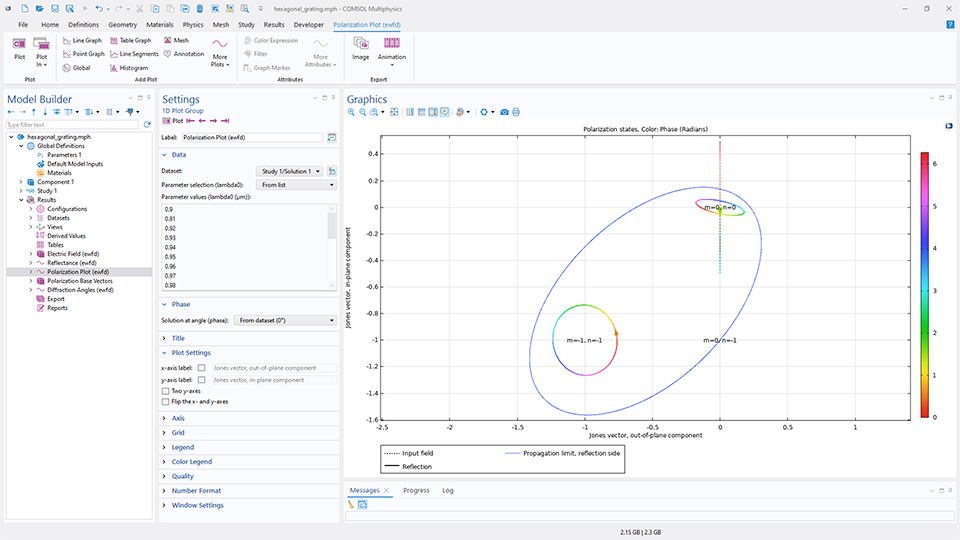
New Tutorial Models
COMSOL Multiphysics® version 6.4 brings several new tutorial models to the RF Module.
Optimizing the Front End of a Conical Horn Lens Antenna

conical_horn_lens_antenna_shape_optimization
Download from the Application Gallery
Microstrip Patch Antenna Surrogate Model
